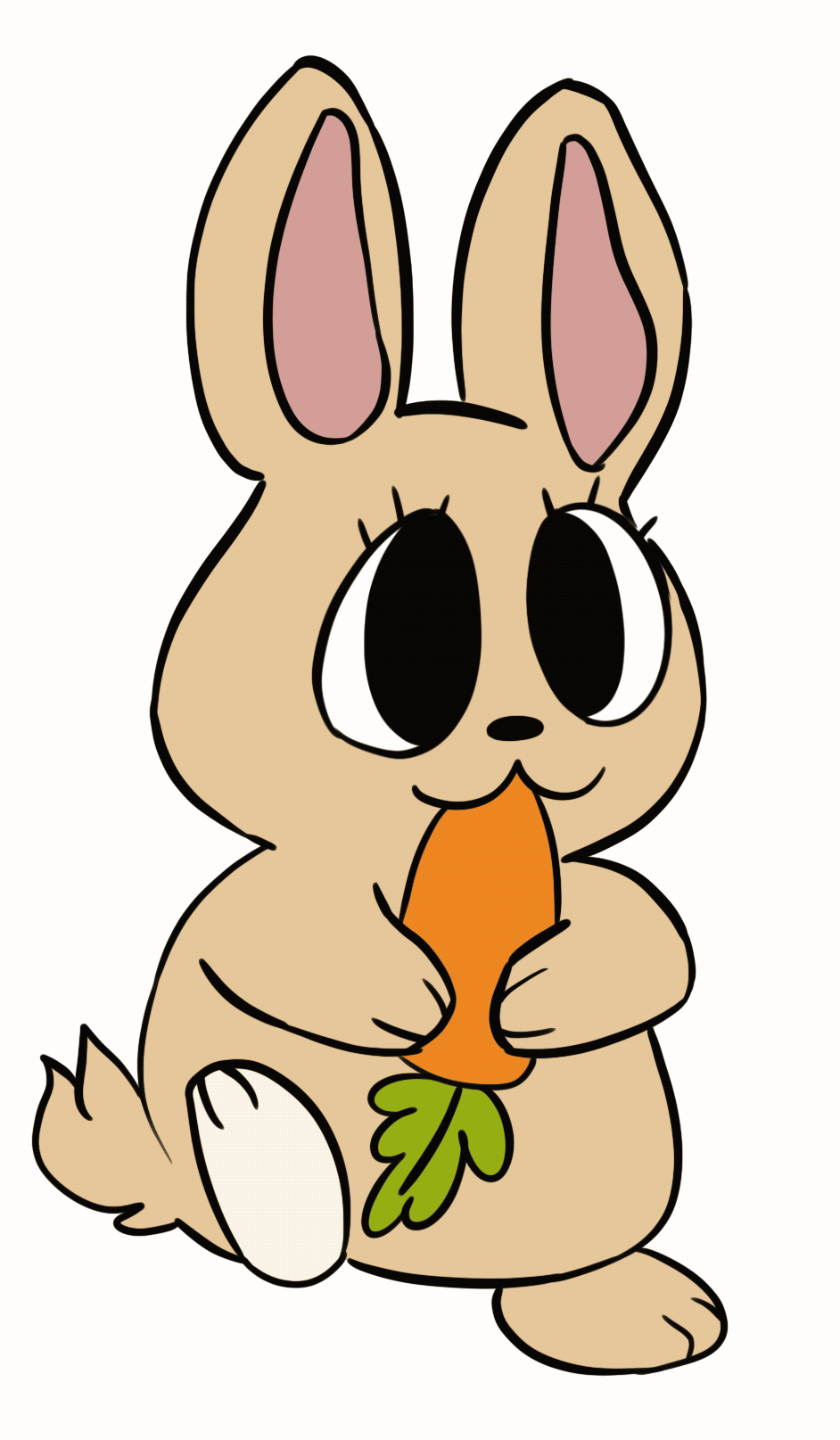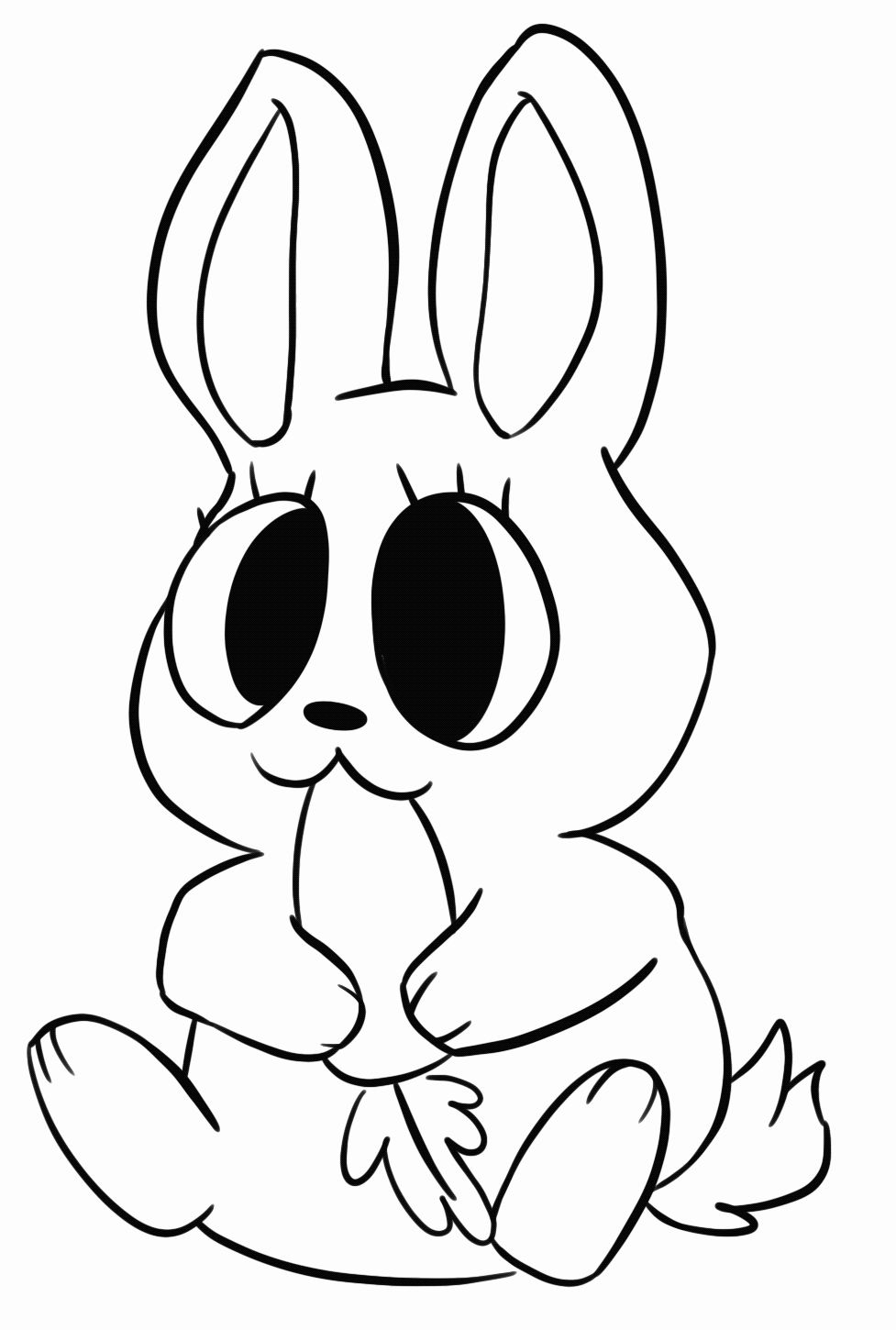Design Challenge
For the winter of 2024, all games are made for the intention of being displayed as a unified microgames collection on an arcade machine outside of the campus Tim Hortons. Our challenge was to learn to use the existing MicroMix API provided to us and design a microgame that has a 30 second limit for one round of play.

Design Video

Process Work
Our team started by researching what it actually means for a game to be "micro" and distinct from a minigame.



From researching other microgames for inspiration and direction, we then individually brainstormed ideas before converging into subgroups to combine ideas. One of our favourites was the idea of cutting rope with a butter knife that can create friction and set fire to the rope if you are cutting too fast.

idea we went with


When we came together, we narrowed down our choices to 3 in order to start sketching up ideas and coming up with references we could use for each to streamline the development process: coding, art, multiplayer variations.

After pitching each game during a consult session, we collectively decided the bomb game is our strongest concept and moved on to the paper prototyping phase.

A challenge I took on was trying to visuallize a signifier that would tell the player that they are making progress on cutting the rope which is important to note since there needs to be a way to communicate the wrong way (too fast) compared to the right way of cutting. What I came up with is 3 different frames that would show stages of the rope being cut.

Another challenge I thought of is concerning the duration; specifically how long we will require the player to be doing the same back and forth motion for (it could get exhausting and boring). The idea I came up with is to have pathetic little bunny sitting cluelessly on the bomb, waiting to be saved. After receiving feedback from peers, we were given the idea of adding more animals during the duration of the game. The number of animals you save will act as a score. This way players will have the incentive to challenge themselves to wait as long as they can before cutting.

We used our Miro board to keep eachother updated with works in progress to make sure we are keeping the style consistent.
For the rest of the week, I partnered with the other artists on the team to create the 2D assets we needed. Since we decided the nature of our game best suits the style of a Looney Tunes cartoon, we then learned to work under the challenge of following a very distinct art style that we were all unfamiliar with.
Assets
ROPE SIGNIFIER




The way the code our programmer came up works requires the rope fraying signifiers to be layered on top of the existing rope sprite. This is why the final assets I came up with have grey to match the pavement the the rope is laid on so there is the illusion of being able to see through the rope once its been split.




This is how each frame looks layered on top of the rope in game.
BACKGROUND
Iteration 1



The initial intention were to have the clouds be seperate sprites moving across the screen but the dream was scrapped because of priority and time
The cactus in this iteration was found to be covering the view of the bomb and animals more than necessary to show interesting depth.
We found that playtesters kept thinking this line of dirt was the rope they had to cut
I was responsible for creating the background of the scene. I worked closely with the programmer and the other artists to make sure the image is not interfering with the gameplay in any way and that the line weight matched with the other assets.
One challenge I worked on with the programmer was how we would make the rope appear as if it were shortening and not as if it were being pulled.
Solution: layer a road coloured block on top of the rope as it shortens. This meant I had to get rid of the road lines and the shadows to keep the road solid coloured.
Iteration 2
ANIMATIONS



BANNER

First version

After readability adjustments








